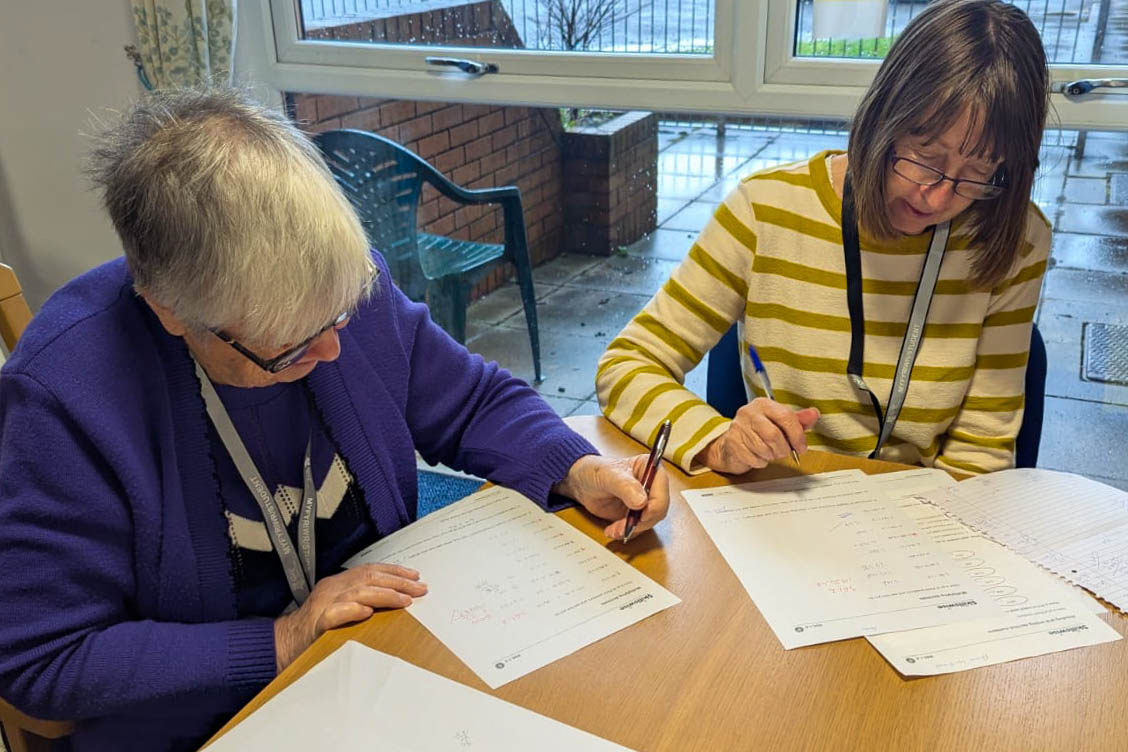Identifying Teenage Neglect

Neglect is often associated with younger children, however the truth is, it affects children of all ages and is especially prevalent and under-reported in the teenage years. So, what does adolescent neglect look like – would you recognise the indicators? How can we respond to the trauma caused by neglect?
Neglect is a failure to meet a child’s needs and includes physical, emotional, supervisory, medical, educational, and nutritional maltreatment.
Although adults tend to automatically associate neglect with younger children, it affects children of all ages and is often under identified and misunderstood in teenagers. A recent study of serious case reviews in the UK, outlined the following key findings:
- Neglect is the most common form of child abuse, but frequently goes unrecognised within the adolescent population. In a survey of children aged 11-17 in the UK, 13.4% described severe maltreatment.
- Although much emphasis is placed on the maltreatment of younger children, in the UK, 18% of those fatally or seriously maltreated were older than 14 years.
- There is increasing recognition of the prevalence of emotional abuse and this is the second most common reason for children to be placed on the child protection register in the UK.
Consider the following case study:
“Shaz is 16 years-old. She lives with her mother and younger brother. At points, her father has lived in the family home, but her parents’ relationship has been characterised by conflict and multiple separations. At 15, Shaz began displaying sexualised behaviour at school, and was excluded on three occasions for fighting. A few months ago, she disclosed that she had engaged in unprotected sexual intercourse with an older male. Shaz has also recently been arrested for shoplifting.”
When reading the above, did you consider that neglect might be the cause of Shaz’s spiralling behaviour?
Teenage agency vs parental responsibilities
As mentioned before, neglect is the failure to meet a child’s needs, but where does the boundary of a young person’s autonomy and agency meet parental responsibilities?
A young person’s needs change significantly between the start of puberty and early adulthood. A healthy parent-adolescent relationship reflects this change, with increasing autonomy as the young person matures. For many parents this can become a balancing act which may go unappreciated by their teenage child, however, parents are still responsible for their child’s safety, providing boundaries and guidance, and physical care needs such as warmth, connection, and access to essential items.
If a young person is allowed free rein, and can choose to go out whenever and with whomever they like, without any parental consideration for their safety, this could be identified as supervisory neglect. If a young person does not have access to resources necessary to maintain good personal hygiene, this may be an example of physical neglect.
Indicators that may identify a young person is experiencing neglect The Children’s Society outlined the following concerns regularly linked to neglected young people:
- running away from home
- substance misuse
- offending or antisocial behaviour
- gang involvement
- Vulnerability to criminal and sexual exploitation
- concerning sexual behaviour
- mental health issues
- bullying and being bullied
- problems with school engagement
Often we do not make the link between these behaviours and neglect, which leads to an ineffective response, and the under-reporting of incidents of neglect in older children.
What can schools and colleges do?
Neglect must always be actively considered. Ensure all staff understand what neglect may look like for young people and respond accordingly. Use opportunities in training and staff updates to explore scenarios relevant to the setting and student population. Improved awareness and identification means we can better support young people affected by it.
When neglect is identified in adolescence it is often chronic and regularly accompanied by trauma. Understanding trauma and its effects on brain function and behaviour is vital. Neglected young people are frequently blamed for their ‘bad’ behaviour, however due to trauma, this is often outside their control. Adopting a trauma informed approach recognises this lived experience of trauma, avoids re-traumatisation and offers support and skills to address it, building a sense of safety and trust, and eventually empowering them to move forward with their lives. For more information, support and training about neglect, please visit here.
By Alex Dave, Safeguarding Education Officer, LGfL-The National Grid for Learning











Responses